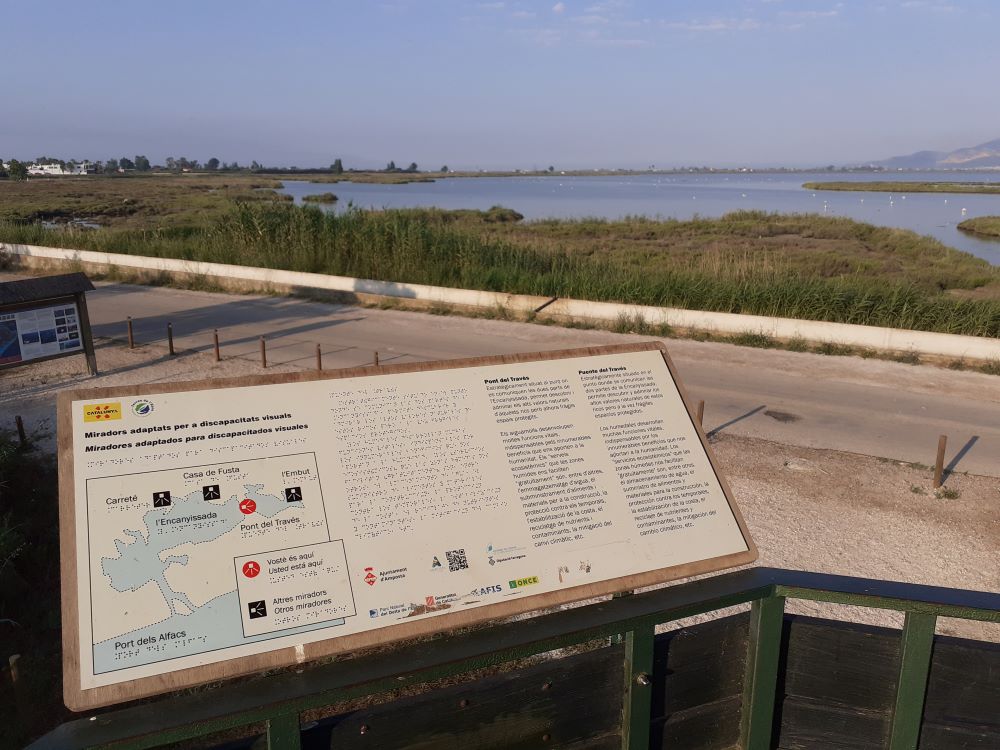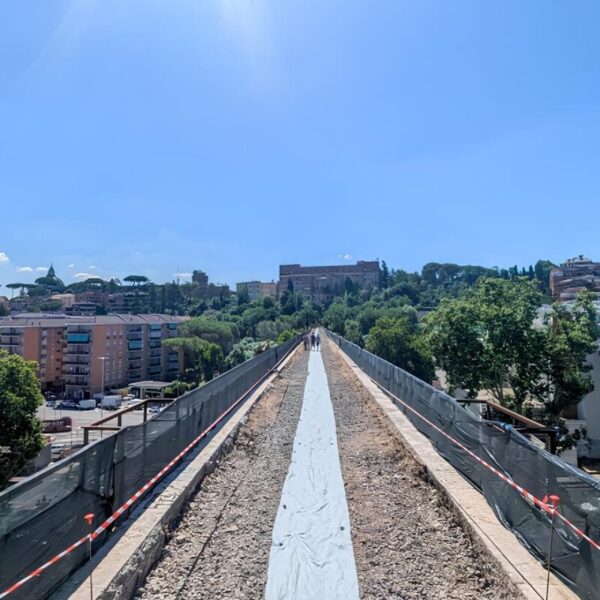From Greek islands to Spanish reserves, passing through the alleys of Rome, municipalities, associations, or organizations say no to overtourism. Lipsi, a small Aegean paradise, refuses the commercialization of its beaches. Naturaleza Conectada, in Spain, makes nature accessible and inclusive. Roma Slow Tour reconnects residents and visitors to the urban stories of Rome. Three territories, three ways to restore human-scale tourism that preserves its heritage as much as it delights travelers.
This article, on tourism, is a summary of 3 articles published in 22-med. They can be found in the 11 languages used on the site:
The Lipsi: a “green” paradise in the confines of the Aegean Sea: by Kelly Fanarioti
Another tourism in the Spanish biosphere reserves: by Jorge Dobner & Cristina Grao
Slow tourism will save our cities: by Jessica Perra
Against the tide of Greece saturated with tourists, the island of Lipsi stands firm. No rental umbrellas, no privatized beaches. Every summer, the Greek Ministry of Finance asks the municipality which beaches could be commercially exploited. The mayor Fotis Mangos responds: “none.” On Lipsi, bathers are free. Everyone brings their own equipment. Everyone takes it back with them.
The island rejects the logic of short-term profit. “Our goal is to preserve the natural character of the island while ensuring comfort of life,” adds the mayor. Here, sustainable development is not a label. It is a public policy. And a philosophy.
Lipsi, no to umbrellas and trash bins
On Lipsi, there are no containers on every street corner. Waste is sorted at the source. A team comes at specific times, door to door. The recycling rate reaches 96%. “Residents just need to separate metal, plastic, paper, glass, and aluminum. We take care of the rest,” explains Mangos.
This care for waste extends to water. Thanks to a desalination unit installed with government support, the island is self-sufficient. “We cover 100% of the needs, all year round. And soon, the water will be drinkable directly from the tap. A rare luxury on an island.”
At sea too, sustainability is a compass. The organization Archipelagos leads a program to replant posidonia meadows, these seagrass beds essential for oxygenation and biodiversity. An integral ecology, from soil to sea.
A model destination
Lipsi now attracts a new type of traveler: in search of calm, authenticity, nature. No clubs, no noisy excursions. Just an island, happy residents, pristine landscapes, and a coherent policy.
The World Travel Awards recognized it as a “sustainable destination” in 2023. Euronews, Vanity Fair, and Metro ranked it among the most qualitative destinations of the moment. Lipsi has won its bet: to show that virtuous tourism is also desirable tourism.
In Spain, connected nature
Change of scenery. Heading to Spain, where an ambitious project aims to reconcile accessibility, conservation, and tourism: Naturaleza Conectada. Supported by several organizations (SEO/BirdLife, TUR4all Travel, IUrban, REAJ), it is part of the national program “Experiencias España.”
The principle? Create accessible routes in biosphere reserves. Observe birds, discover wildlife, walk in preserved territories, while ensuring the welcome of all audiences, including people with disabilities.
Five regions participate in the pilot phase. The selection criterion: areas of high ecological and ornithological value. And for each, experiences designed in an inclusive, sustainable, enriching mode.
AI, ecology, and inclusion
The heart of the system is technological. Thanks to the CiceroneAI platform, visitors can organize their routes: nature walks, museums, exhibitions, festivals. All according to their desires and physical capabilities.
Mobile applications are also being developed, with visual and auditory accessibility features. The ambition is clear: tourism for all, and by all.
But Naturaleza Conectada also focuses on education. Each visit is accompanied by a training module: how to observe without disturbing, how to manage waste, how to recognize species. A final test ensures that good practices are understood.

A local and sustainable model
The local economy is at the heart of the project. Accommodations are chosen for their reduced impact. Short circuits are favored. Guides come from the area. The infrastructures incorporate sustainable materials. Tourism becomes a lever for rural development, not a tool for extraction.
“We seek to decongest known areas and to highlight those that are lesser-known but just as rich,” explains Miguel Carrasco from TUR4all. The result: better-distributed tourism, less invasive, more respectful.
Rome, the capital of slow tourism
Finally, in Rome, another experience demonstrates that human-scale tourism can exist even in the heart of a metropolis. The association Roma Slow Tour, founded by Gabriella Massa, has been offering off-the-beaten-path tours for twenty years. No Vatican or Colosseum. Instead: the neighborhoods of Ostiense, Testaccio, Garbatella. One explores urban planning, labor history, street art, local anecdotes. One understands Rome by walking, slowly.
These tours also attract Romans. Laura, 48, originally from Palermo, has taken more than 80: “I reconstruct the city piece by piece. I understand why this neighborhood was built like that, for whom. It’s fascinating.”
Roma Slow Tour addresses the excesses of overtourism: rising rents, congestion, degradation of public services. Tourism here becomes a tool for social connection and redistribution. “Rome concentrates everything, but Lazio is full of ignored treasures,” explains Gabriella Massa. “We need to decentralize. Distribute the flows. Tell other stories.”
Models to spread
According to a 2022 Booking.com study, 64% of travelers are willing to avoid crowded sites to limit their impact, but 34% do not know how to do so. Projects like Roma Slow Tour or Naturaleza Conectada provide concrete answers.
These three experiences do not just offer an “alternative tourism.” They build it. Every day. They prove that it is possible to reconcile hospitality and respect, pleasure and sobriety, discovery and understanding. They chart a path for territories: that of tourism that does not destroy what it came to seek. They also chart a path for travelers: that of a journey that no longer just consumes, but learns to listen.

Cover photo: The construction site of the Monte Ciocci - San Pietro pedestrian and cycling path in Rome. This site is part of the redevelopment of an old railway line (the FL3 line) transformed into a greenway for pedestrians and cyclists. This project is part of a sustainable mobility initiative in Rome, connecting several neighborhoods while enhancing urban green spaces © Roma Capitale
